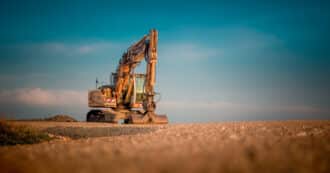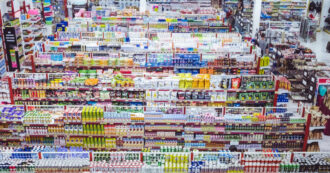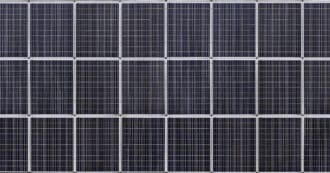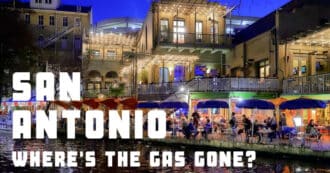By Faygle Train
Seattle and Washington State have recently experienced climate change impacts. Last year, April ended the wettest winter period since records began in 1895. This year, Seattle experienced its driest start to November in 15 years with less than an inch of rain in the first 2 weeks. Record heat enveloped Seattle, and these dry conditions have contributed to wildfires. At the end of July 2018, monitoring stations reported air pollutants, ones with particles small enough to enter lungs.
Scientific evidence in July 2019 has made it increasingly clear that human activity is still changing the climate and making extreme weather events more common. For example, it is now 4.8° warmer at night and 4.1° in the day in Seattle than in surrounding rural countryside – a phenomenon called an urban heat island. On the worst days, Seattle can be a whopping 17° hotter! More heat means more wildfire, mosquitoes, and drought. There are also heavier precipitation days and equally terrifying, of the 95 coastal flood days since 1950, scientists found 75% of them to be caused by humans.
In 2013, the city of Seattle initiated the Seattle Climate Action Plan that reduces greenhouse emissions while supporting the community through better waste systems. Washington State then attempted to curb climate change through its adoption of a Clean Air Rule, but this was ruled invalid in March. Although they filed an appeal with the Washington State Supreme Court in May, it is worth noting that the original Rule does not directly engage faith communities. This is noteworthy because Seattle has the second-highest number of religious institutions per capita. Many residents of Seattle identify as people of faith and maintain some level of religious practice. Since they attend religious institutions, a significant potential exists for faith teachings to speak to the environmental challenges we are facing today, with climate change being at the top of the list.
As previously highlighted on the Philadelphia blog post available here, faith leaders hold immense sway in preaching environmental consciousness. Many faiths – and their leaders – understand the ecological crisis to be a spiritual crisis, and the education of emerging clergy in this area is therefore critically important. Such an educational enterprise can be seen in the Seattle University School of Theology and Ministry’s Ecological Spirituality course with Dr. Alexandra Kovatz. This course educates seminary students about how:
humankind in our day faces a moral challenge never before encountered by our species, and is designed to forge ways of living that Earth can sustain while also building social justice between and among societies. This course teaches that when something new is required of humankind, something new is required of religion. The informing undercurrent of this course is hope and moral-spiritual power in the face of the profound moral challenge posed by unsustainable Earth-human relations.
Seattle University is part of a nation-wide trend of seminaries and theology schools educating emerging clergy on environmental issues. Based on inspiration from classes about caring for our planet, religious leaders will embrace more sustainable lifestyles for themselves and their congregants. There are wonderful examples of religious leaders enacting such changes in the community. For example, St. Andrew’s Episcopal Church in Seattle is engaging in a variety of green initiatives. These include installing solar panels, growing their own organic vegetables, and supporting a carbon offset partnership with a church in the Philippines. Another house of worship working with its congregants to improve our planet’s health is based in Bellevue, Washington State. Temple B’nai Torah, a Reform Jewish temple, is committed to the “Refresh our Recycling!” program and to composting based on a Jewish principle of not wasting.





